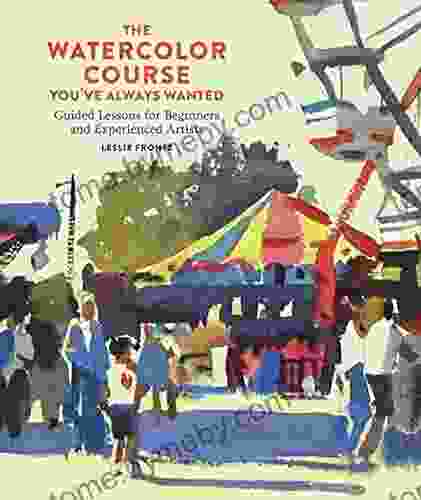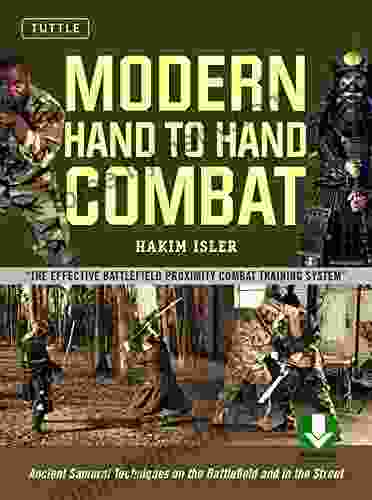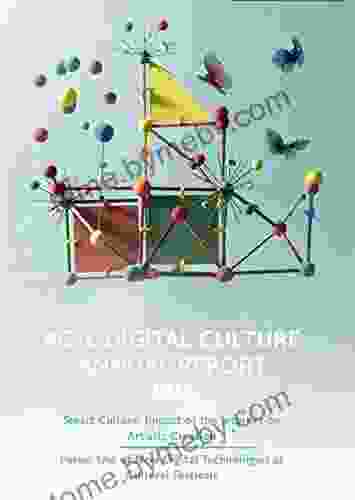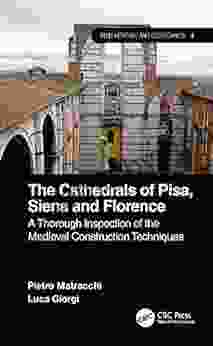Thorough Inspection of the Medieval Construction Techniques in Built Heritage

The Middle Ages were a time of great architectural innovation. From the towering cathedrals to the humble cottages, medieval buildings are a testament to the skill and ingenuity of their builders. These structures have stood the test of time, and many of them are still in use today.
In recent years, there has been a growing interest in the construction techniques used in medieval buildings. This interest is due in part to the increasing awareness of the importance of preserving and restoring these structures. By understanding how medieval buildings were built, we can better appreciate their beauty and historical significance.
The most common materials used in medieval construction were stone, wood, and brick. Stone was used for the foundations and walls of buildings, while wood was used for the roofs and floors. Brick was also used for walls, but it was less common than stone.
4.5 out of 5
| Language | : | English |
| File size | : | 160903 KB |
| Screen Reader | : | Supported |
| Print length | : | 321 pages |
The type of material used for a particular building depended on a number of factors, including the availability of materials in the area, the size and function of the building, and the budget of the builder. For example, stone was the most expensive material to use, but it was also the most durable. Wood was less expensive than stone, but it was also more susceptible to fire and rot. Brick was a good compromise between stone and wood, but it was not as strong as stone.
Medieval builders used a variety of methods to construct their buildings. These methods included:
- Masonry: Masonry is the art of building with stone. Medieval masons were highly skilled craftsmen who could create complex and beautiful structures. They used a variety of techniques to join stones together, including mortar, dowels, and cramps.
- Timber framing: Timber framing is a type of construction in which the walls of a building are made of wooden beams. The beams are joined together with pegs or mortise and tenon joints. Timber framing was a popular method of construction in medieval England.
- Brickwork: Brickwork is a type of construction in which the walls of a building are made of bricks. Bricks are laid in rows and bonded together with mortar. Brickwork was a popular method of construction in medieval Europe.
Medieval builders used a variety of tools to construct their buildings. These tools included:
- Hammers: Hammers were used to shape and join stones.
- Chisels: Chisels were used to carve and decorate stones.
- Saws: Saws were used to cut wood.
- Axes: Axes were used to chop wood and to shape beams.
- Adzes: Adzes were used to smooth and shape wood.
Medieval buildings are a valuable part of our cultural heritage. They are a reminder of the skill and ingenuity of our ancestors, and they provide us with a glimpse into the past. It is important to preserve and restore these structures so that future generations can enjoy them.
There are a number of ways to preserve and restore medieval buildings. These methods include:
- Regular maintenance: Regular maintenance is the best way to prevent damage to medieval buildings. This includes cleaning, repairing, and replacing damaged parts.
- Restoration: Restoration is the process of repairing and replacing damaged parts of a medieval building. This can be a complex and expensive process, but it is necessary to preserve the building's historical integrity.
- Conservation: Conservation is the process of preserving a medieval building in its current state. This can involve taking steps to protect the building from further damage, such as installing a roof or adding protective coatings.
Medieval construction techniques are a fascinating and complex subject. By understanding how these structures were built, we can better appreciate their beauty and historical significance. It is important to preserve and restore these buildings so that future generations can enjoy them.
4.5 out of 5
| Language | : | English |
| File size | : | 160903 KB |
| Screen Reader | : | Supported |
| Print length | : | 321 pages |
Do you want to contribute by writing guest posts on this blog?
Please contact us and send us a resume of previous articles that you have written.
 Book
Book Novel
Novel Page
Page Chapter
Chapter Text
Text Story
Story Genre
Genre Reader
Reader Library
Library Paperback
Paperback E-book
E-book Magazine
Magazine Newspaper
Newspaper Paragraph
Paragraph Sentence
Sentence Bookmark
Bookmark Shelf
Shelf Glossary
Glossary Bibliography
Bibliography Foreword
Foreword Preface
Preface Synopsis
Synopsis Annotation
Annotation Footnote
Footnote Manuscript
Manuscript Scroll
Scroll Codex
Codex Tome
Tome Bestseller
Bestseller Classics
Classics Library card
Library card Narrative
Narrative Biography
Biography Autobiography
Autobiography Memoir
Memoir Reference
Reference Encyclopedia
Encyclopedia James Lapine
James Lapine Paul Kidby
Paul Kidby Leslie Leyland Fields
Leslie Leyland Fields Young Bestari
Young Bestari Charles R Smith
Charles R Smith Hans Greimel
Hans Greimel Cgp Books
Cgp Books Catherine Friend
Catherine Friend Jens Lyon
Jens Lyon Chandler Burr
Chandler Burr Cecilia Twinch
Cecilia Twinch Leslie Frontz
Leslie Frontz Gavin Ambrose
Gavin Ambrose Megan Lloyd
Megan Lloyd Chiara Sparks
Chiara Sparks Cassie Dandridge Selleck
Cassie Dandridge Selleck Charles Hooton
Charles Hooton Charles J Wheelan
Charles J Wheelan Chandelle Lavaun
Chandelle Lavaun Robert Michael Franklin
Robert Michael Franklin
Light bulbAdvertise smarter! Our strategic ad space ensures maximum exposure. Reserve your spot today!

 Neil ParkerUnveiling the Hidden History: "The Cowshed Memories of the Chinese Cultural...
Neil ParkerUnveiling the Hidden History: "The Cowshed Memories of the Chinese Cultural...
 Elton HayesUnlock Your Artistic Potential: The Ultimate Watercolor Course You've Always...
Elton HayesUnlock Your Artistic Potential: The Ultimate Watercolor Course You've Always... Henry HayesFollow ·16.9k
Henry HayesFollow ·16.9k Aron CoxFollow ·2.4k
Aron CoxFollow ·2.4k Galen PowellFollow ·15.9k
Galen PowellFollow ·15.9k Kazuo IshiguroFollow ·3.7k
Kazuo IshiguroFollow ·3.7k Josh CarterFollow ·4.7k
Josh CarterFollow ·4.7k Ian PowellFollow ·9.9k
Ian PowellFollow ·9.9k Theodore MitchellFollow ·2.8k
Theodore MitchellFollow ·2.8k Langston HughesFollow ·19.2k
Langston HughesFollow ·19.2k

 Alvin Bell
Alvin BellEmbark on an Epic Journey: "Spirit of Colombia: Arctic to...
Prepare to embark on an...

 Christian Barnes
Christian BarnesWinston Churchill Images Of War: A Visual Journey Through...
Winston Churchill, one of the most iconic and...

 Pete Blair
Pete BlairNavigating the Labyrinth of Grief with Chimamanda Ngozi...
Grief, a complex and multifaceted...

 Gilbert Cox
Gilbert CoxAncient Samurai Techniques On The Battlefield And In The...
Step into the realm of ancient samurai...

 Tom Clancy
Tom ClancyHarnessing the Power of Digital Technologies to Elevate...
In today's digital landscape,...

 Daniel Knight
Daniel KnightMaster Wilderness Survival with the Ninja Wilderness...
Are you ready to become a wilderness warrior?...
4.5 out of 5
| Language | : | English |
| File size | : | 160903 KB |
| Screen Reader | : | Supported |
| Print length | : | 321 pages |








